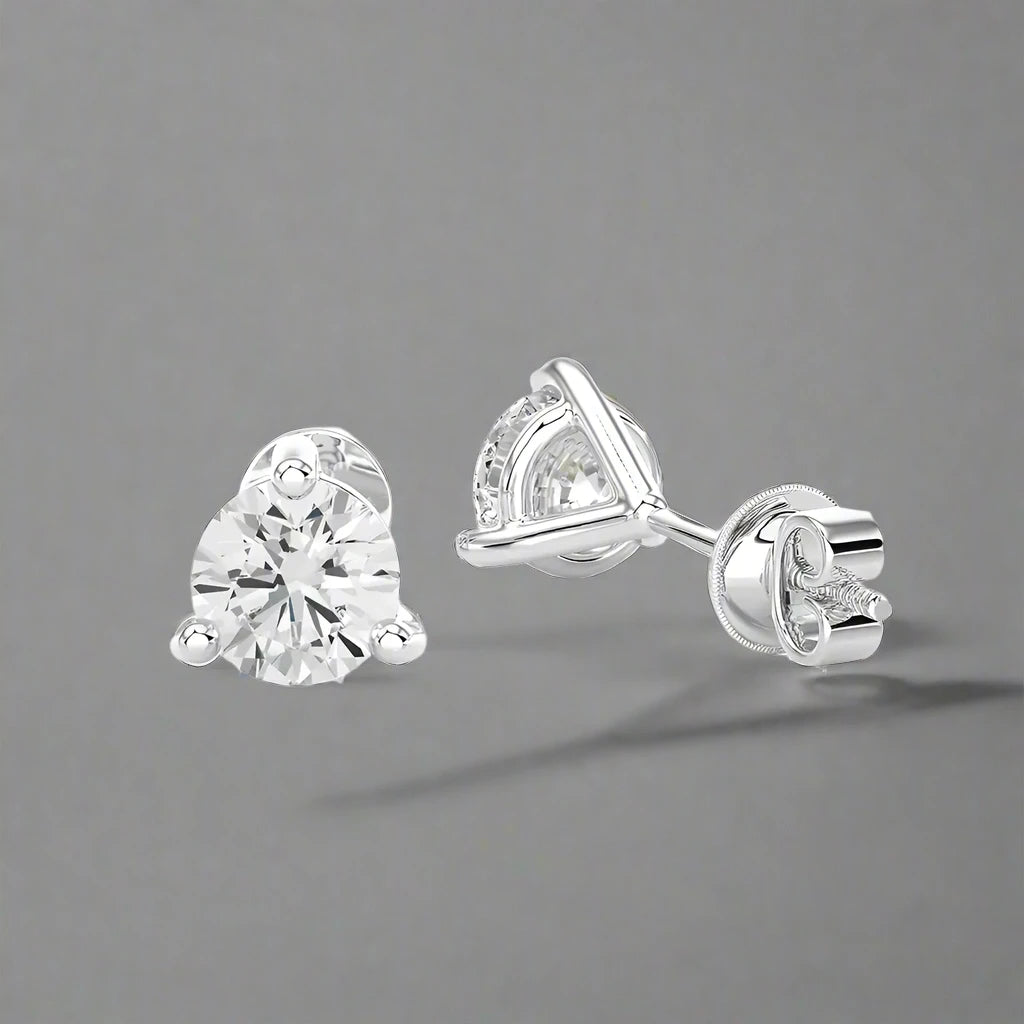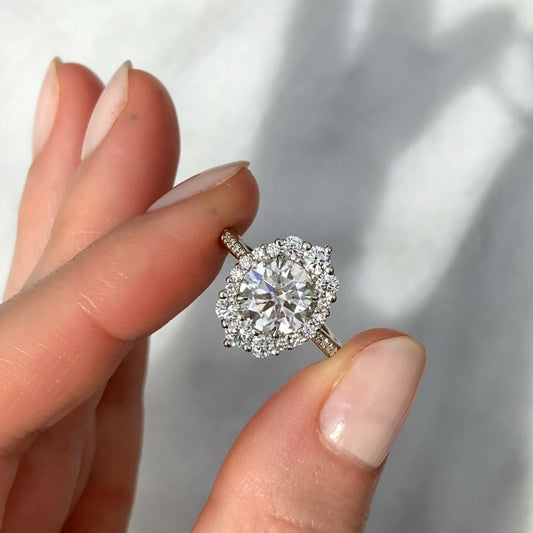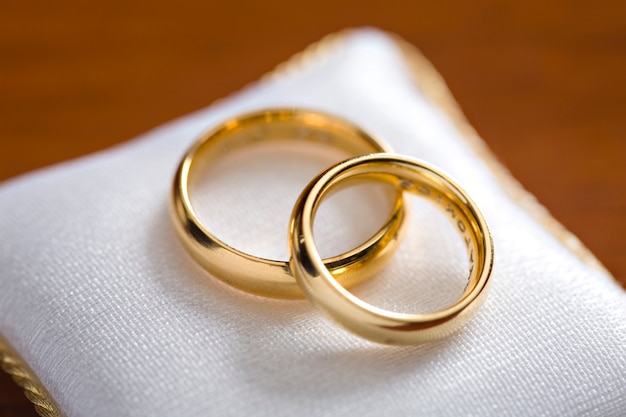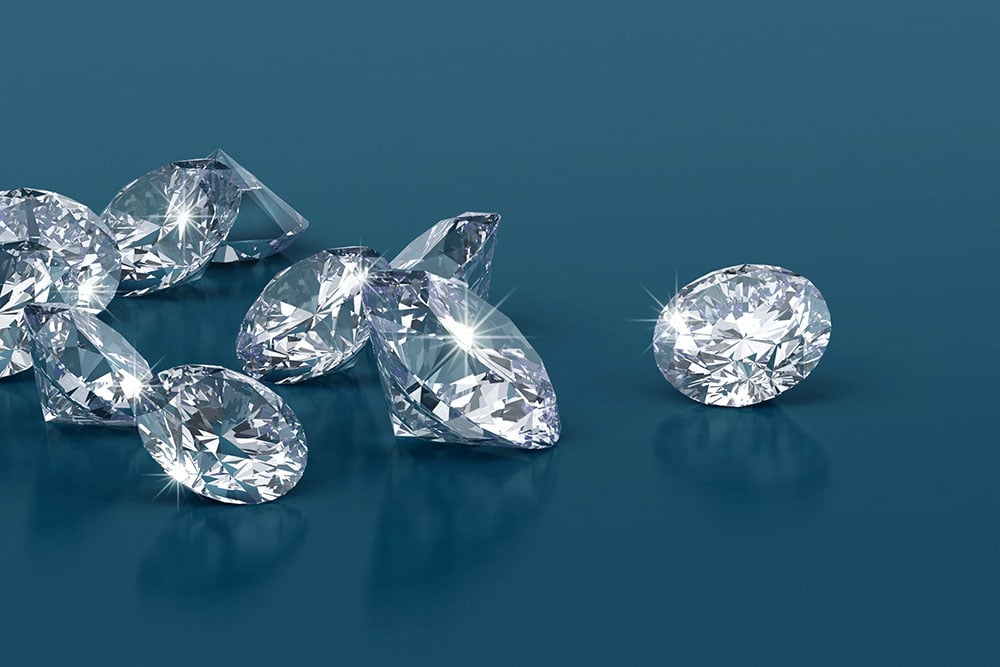
Lab Grown Diamond Rings: Platinum vs Gold
In the realm of fine jewelry, lab grown diamonds have sparked a revolution, offering consumers a sustainable and ethical alternative to traditional mined diamondsWhen it comes to choosing the perfect setting for a lab grown diamond ring, the debate often narrows down to platinum versus goldBoth metals have their unique characteristics and appeal, catering to different preferences and lifestylesIn this comprehensive guide, we’ll delve into the nuances of platinum and gold as settings for lab grown diamond rings, helping you make an informed decision that aligns with your style and values.
Introduction to Lab Grown Diamond Rings
Lab grown diamonds, also known as cultured or synthetic diamonds, are created in laboratories under controlled conditions that mimic the natural process of diamond formationThese diamonds exhibit the same chemical and physical properties as natural diamonds, making them indistinguishable to the naked eyeThe growing demand for lab grown diamonds stems from their ethical origins and sustainable production methods, appealing to environmentally conscious consumers.
Properties of Platinum and Gold
Both platinum and gold are precious metals renowned for their beauty and durability, yet they differ significantly in terms of composition and characteristicsPlatinum is prized for its density and strength, making it one of the most durable metals for jewelryIt is naturally white and does not require rhodium plating like white gold to maintain its colorOn the other hand, gold is a malleable metal that can be easily shaped into intricate designsPure gold is too soft for everyday wear, so it is alloyed with other metals like silver and copper to increase its strength and durability.
Durability and Hardness Comparison
Platinum’s density and resistance to wear make it highly durable, ideal for holding precious gemstones securely in placeGold, while less dense than platinum, is also durable but requires more frequent maintenance due to its softer nature.
Purity and Hypoallergenic Properties
Platinum is naturally hypoallergenic, making it an excellent choice for individuals with sensitive skin or allergies to certain metalsGold purity is measured in karats, with 24k gold being the purest formLower karatages like 14k or 18k are more common for jewelry, as they offer a balance of durability and purity.
Aesthetics and Appearance
The choice between platinum and gold for your lab grown diamond ring also hinges on aesthetic preferences and desired appearance.
Cost Considerations
The cost of a lab grown diamond ring can vary significantly depending on the metal chosen for the setting.
Price Comparison Between Platinum and Gold
Platinum is rarer and denser than gold, making it more expensive per ounceAs a result, platinum settings often come at a higher price point compared to their gold counterpartsThe cost of gold varies based on purity and market demand, with 18k gold being a popular choice for its balance of durability and affordability.
Factors Influencing Cost Differences
In addition to metal type, factors such as ring design complexity, craftsmanship, and diamond quality contribute to overall costCustom designs and intricate settings may incur higher labor costs, regardless of the chosen metal.
Environmental Impact
For environmentally conscious consumers, lab grown diamond rings platinum vs gold, understanding the environmental impact of their jewelry choices is crucial.
Sustainability Aspects of Lab Grown Diamonds
Lab grown diamonds are created using minimal environmental resources and without the destructive practices associated with diamond miningThey have a significantly lower carbon footprint compared to mined diamonds, making them a sustainable choice for eco-conscious individuals.
Eco-friendliness of Platinum vs Gold Mining
Platinum and gold mining both have environmental consequences, including habitat destruction and water pollutionHowever, platinum mining generally has a smaller environmental footprint than large-scale gold mining operationsRecycled platinum and gold offer eco-friendly alternatives, reducing the need for new mining activities.
Long-term Maintenance
Proper care and maintenance ensure the longevity and beauty of your lab grown diamond ring, regardless of the metal chosen.
Maintenance Requirements for Platinum Rings
Platinum’s durability and resistance to tarnish make it relatively low-maintenanceRoutine cleaning with mild soap and warm water, along with periodic professional polishing, helps maintain its natural luster over time.
Care Tips for Gold Rings
Gold rings require regular cleaning to remove oils and dirt that can dull their appearanceAvoid exposure to harsh chemicals and store them separately to prevent scratchingPeriodic professional cleaning and polishing restore the metal’s shine and luster.
Customization and Design
The choice between platinum and gold extends beyond durability and aesthetics to include design flexibility and personalization options.
Design Flexibility with Platinum and Gold
Platinum’s strength allows for intricate and delicate designs that highlight the craftsmanship of the jewelryIt can support complex settings and pave detailing without compromising durabilityGold’s malleability makes it ideal for intricate designs and customizations, accommodating various styles and preferences.
Popular Styles and Trends
Trends in jewelry design often influence the choice between platinum and goldClassic solitaire settings and vintage-inspired designs are timeless choices for platinum rings, emphasizing simplicity and eleganceGold rings, particularly in rose and yellow hues, are favored for their romantic appeal and versatility in contemporary and traditional settings.
Cultural and Symbolic Significance
The cultural and symbolic meanings associated with platinum and gold add depth to their appeal in jewelry.
Historical Significance of Gold in Jewelry
Gold has been prized for millennia for its rarity, beauty, and cultural significanceIt symbolizes wealth, prosperity, and enduring love in many cultures around the worldIts timeless allure has made it a staple in ceremonial and everyday jewelry.
Modern Appeal of Platinum
Platinum’s rarity and purity have elevated its status as a symbol of exclusivity and luxury in modern jewelryIt represents enduring strength and commitment, making it a popular choice for engagement and wedding rings that symbolize eternal love and partnership.
Popularity and Consumer Trends
Consumer preferences play a significant role in the popularity of platinum and gold for lab grown diamond rings.
Preference Among Different Demographics
Younger generations increasingly favor lab grown diamonds for their ethical and environmental benefitsPlatinum appeals to those seeking a luxurious and enduring metal for their jewelry, while gold resonates with individuals drawn to its warmth and cultural significance.
Market Growth and Predictions
The market for lab grown diamonds and sustainable jewelry is expected to grow as awareness of ethical and environmental issues continues to riseBoth platinum and gold will remain prominent choices for consumers seeking quality, craftsmanship, and timeless beauty in their jewelry.
Buying Guide: Tips for Choosing
Choosing the right metal for your lab made diamonds ring involves considering several factors to ensure it aligns with your preferences and lifestyle.
Factors to Consider Before Buying
Consider your personal style, budget, and lifestyle when selecting between platinum and goldEvaluate the durability, maintenance requirements, and aesthetic appeal of each metal to make an informed decision.
Recommended Settings and Styles
Consult with a reputable jeweler to explore different ring settings and styles that complement your lab grown diamondCustomize your ring to reflect your unique taste and preferences, ensuring it becomes a cherished symbol of love and commitment.









